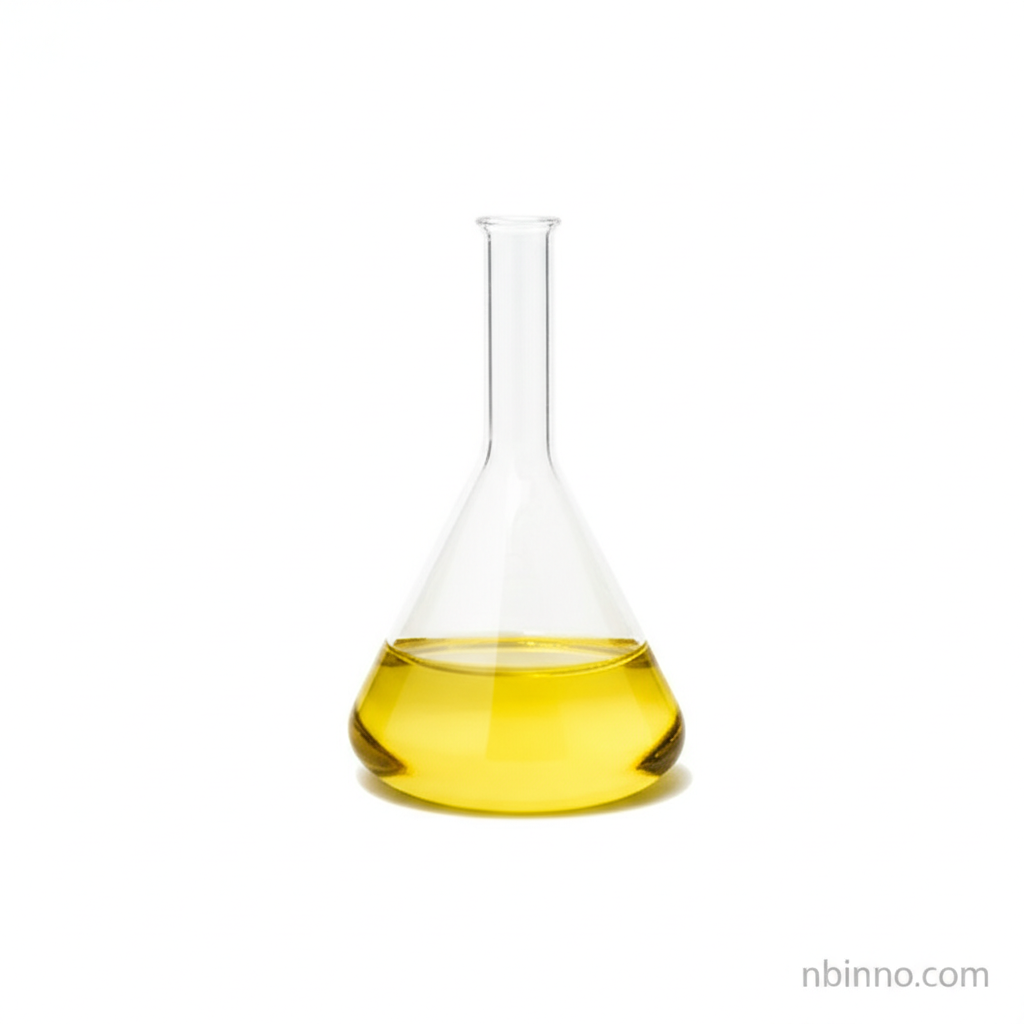2,6-Dimethoxypyridine: A Versatile Building Block in Organic Synthesis and Medicinal Chemistry
Unlock innovation in your research with this key chemical intermediate for advanced synthesis and drug discovery.
Get a Quote & SampleProduct Core Value

2,6-Dimethoxypyridine
This compound stands as a crucial intermediate in modern organic synthesis, particularly valued in the pharmaceutical and agrochemical sectors. Its unique pyridine ring structure, adorned with two electron-donating methoxy groups, significantly influences its reactivity, making it a cornerstone for constructing complex molecular architectures.
- Explore the uses of 2,6-Dimethoxypyridine in advanced organic synthesis, where it acts as a fundamental building block for creating diverse chemical compounds.
- Discover its role as a key pharmaceutical intermediate, enabling the development of novel drug candidates with specific therapeutic properties.
- Leverage the power of 2,6-Dimethoxypyridine in Suzuki-Miyaura cross-coupling reactions for efficient carbon-carbon bond formation.
- Investigate the catalytic applications of 2,6-Dimethoxypyridine derivatives to enhance reaction rates and selectivity in chemical manufacturing.
Key Advantages
Enhanced Reactivity
The presence of electron-donating methoxy groups on the pyridine ring of 2,6-dimethoxypyridine significantly enhances its reactivity, facilitating a wide array of chemical transformations crucial for drug discovery intermediate development.
Synthetic Versatility
As a versatile organic synthesis intermediate, 2,6-dimethoxypyridine serves as a foundational scaffold for creating complex molecules, offering broad utility across various chemical disciplines.
Catalytic Performance
When utilized in conjunction with catalytic systems, derivatives of 2,6-dimethoxypyridine can significantly boost reaction rates and selectivity, playing a vital role in catalysis in chemical manufacturing.
Key Applications
Pharmaceutical Synthesis
2,6-Dimethoxypyridine is instrumental in the synthesis of pharmaceuticals, acting as a critical building block for novel drug candidates in areas like cancer therapy, contributing to pyridine derivatives in pharmaceutical synthesis.
Agrochemical Development
Its utility extends to the agrochemical industry, where it serves as an intermediate for developing new crop protection agents and fertilizers, showcasing its importance in heterocyclic chemistry innovations.
Material Science
Researchers utilize this compound and its derivatives in material science for creating advanced polymers and nanomaterials with tailored properties, aligning with material science applications of pyridines.
Catalysis
The compound's ability to participate in metal-catalyzed reactions makes it valuable in developing efficient catalytic processes for various chemical transformations.
